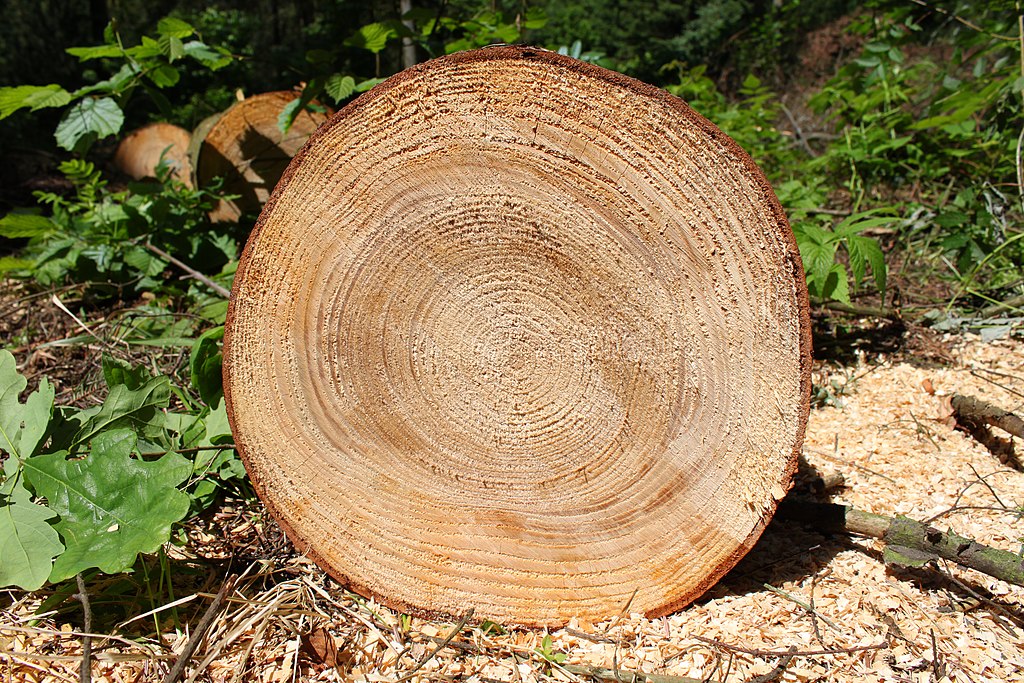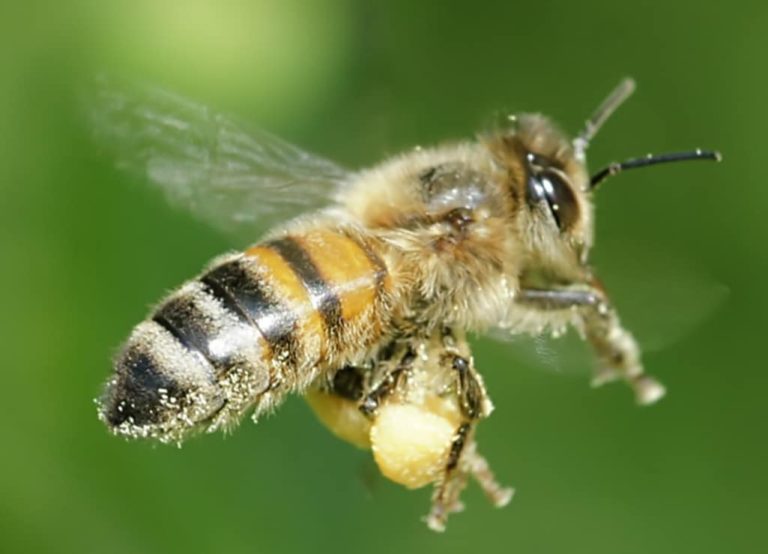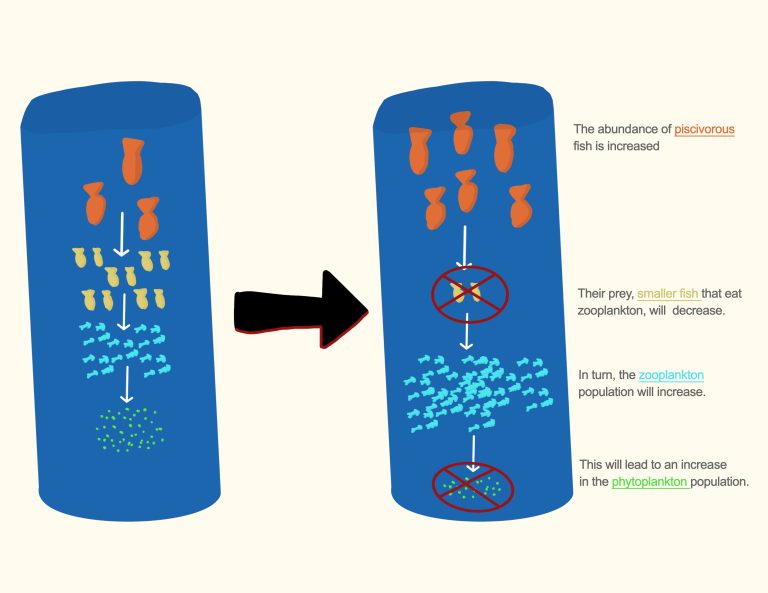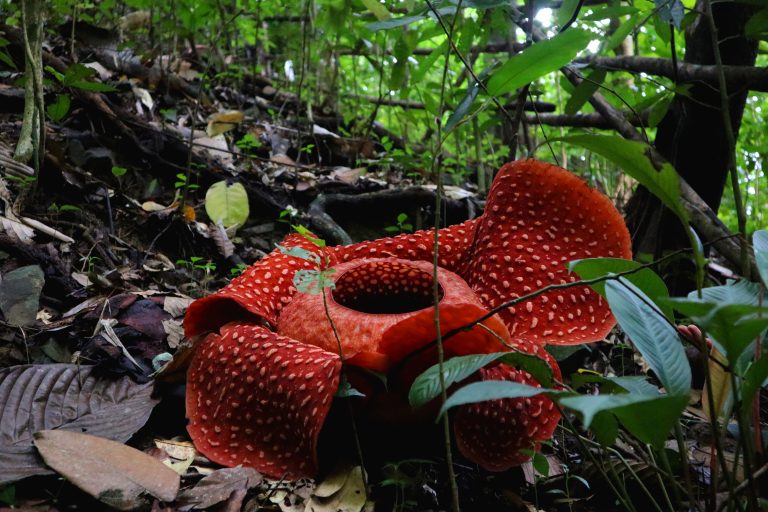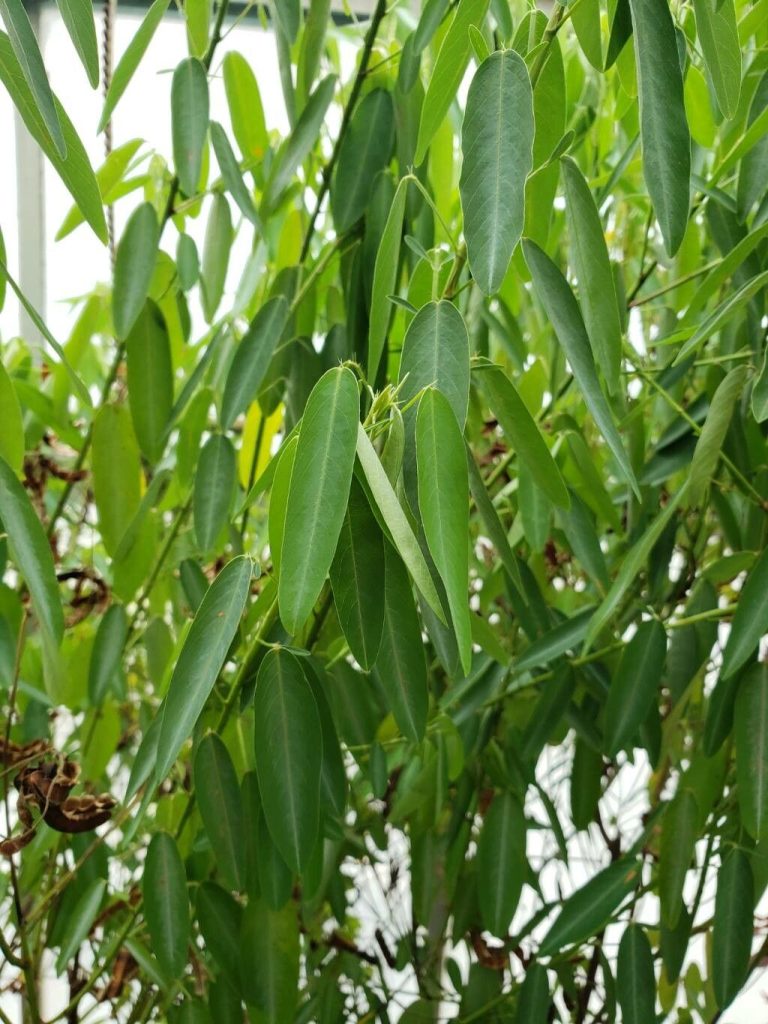Dendrochronology: The Science of Revealing Nature’s Past Secrets
Have you ever seen those rings on a tree stump? You may know that they can be used to predict the age of a tree. But those tree rings can tell us much more than that.
There’s a whole science dedicated to the analysis of the tree rings and using that information to learn about past environmental conditions, and it’s called dendrochronology.
In this post, you will get to know how tree rings are formed and how they are used in dendrochronology, as well as dendrochronology’s many applications.
What is Dendrochronology?
So, what exactly is dendrochronology? What is its purpose?
Let’s find out:
Definition
In simple terms, dendrochronology is the scientific method of determining a tree’s age, as well as past environmental conditions, especially climate conditions, by analyzing the growth rings that have appeared across its trunk.
Purposes
There are many purposes to dendrochronology.
Dendrochronology can determine the age of a tree precisely. It can also correctly date wooden artifacts and structures, and this comes in handy in archeology and art history.
It can also be used to understand what environmental and climate conditions occurred during a tree’s lifespan, helping scientists understand climate change.
Dendrochronology is also helpful in calibrating carbon dating procedures for more accurate predictions.
Understanding Tree Rings
Let’s move on to having some in-depth understanding of the tree rings.
What Are Tree Rings?
Tree rings, also known as growth rings, or annual rings, can be seen on a cross section of a tree trunk.
These rings are formed as the result of the way a tree grows in diameter, at different rates during the different seasons each year, and their formation is affected by factors such as climate, soil conditions, and available sunlight.
A single growth ring represents a year of a tree’s lifespan, and the rings are more clearly visible in trees grown in temperate climates with distinct seasons.
How Are Tree Rings Formed?
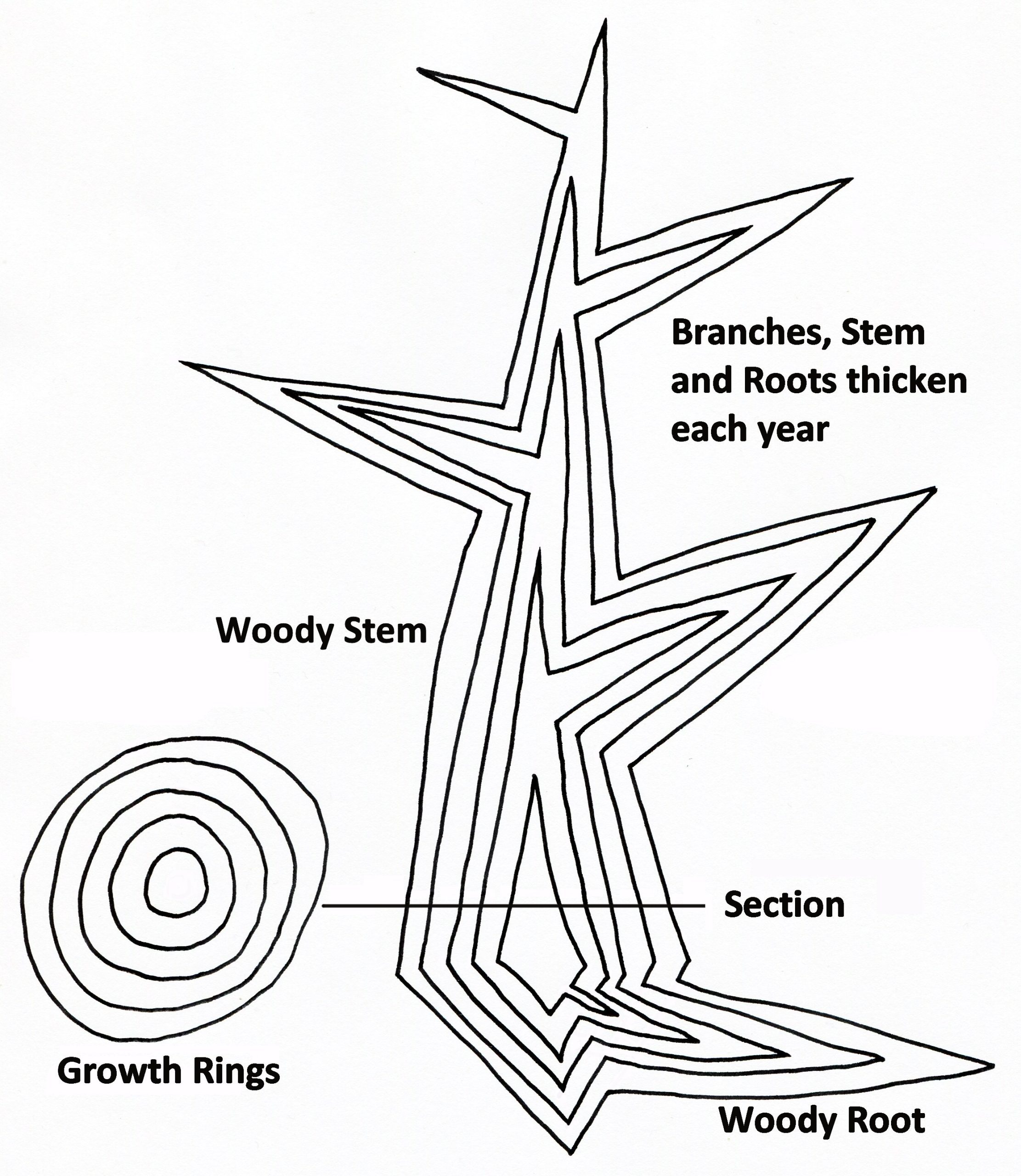
The tissue responsible for the growth of a tree trunk in diameter, the growth referred to as secondary growth, is called the cambium, which is between the old wood and the bark. This cambium is where a tree’s vascular system, the sort of plumbing that carries water and nutrients through it, is contained.
As the growing season begins, with the temperature rising and the soil becoming moist, the cambium starts producing new cells that will form the wood that year.
In the spring, when growing conditions are more favorable, the cambium rapidly produces large, less dense cells that form the lighter-colored part of the ring, known as early wood.
As the spring gives way to summer and autumn and temperature and water availability become less optimum, the cambium produces smaller and more denser cells. They form the darker part of the ring, known as the latewood.

The early wood and late wood together complete the growth ring as the cambium activity slows down and eventually stops at the end of the growing season.
Each year adds a new ring to the tree trunk, creating a concentric pattern. The number of rings can tell how many years the tree has lived past, and the width and the colors of the rings can tell what the environmental conditions in those years were like.
Dating & Analyzing Tree Rings in Dendrochronology
Now, let’s see how scientists use tree rings to determine a tree’s age and learn about past environmental conditions.
How Does Tree Ring Dating Work?
Counting the number of rings across a tree trunk can help determine the age of a tree.
Extracting a core from a tree using an increment borer is the best way to get a sample without causing much damage to the tree.

Once a core sample is extracted, the visible rings on it are counted to determine how many years the tree has lived past.
The core sample ring pattern must then be compared to the patterns of other trees from the same area to ensure the accuracy of the dating. Certain environmental conditions can cause some growth rings not to form properly, or even false rings to appear. So, this cross reference helps identify any missing or false rings from the sample.
Even though the total number of rings should be equal to the tree’s age in years, a year or two is added to the age if the tree is still growing, to take the current year’s growth into account.
Scientists can build continuous timelines by comparing growth ring patterns from different trees and use these timelines to date wooden artifacts and constructions as well as reconstruct past environmental conditions.
Techniques for Analyzing Tree Rings
There are several techniques scientists use to analyze the growth rings of trees.
They measure the width of the rings using specialized tools like calipers and digital scanners to gain insights into the growth conditions the trees have been exposed to.
Comparing growth ring patterns of many trees in a region helps them develop timelines/master chronologies that show the environmental conditions in that region over time.
Cross-dating is another technique for ensuring the accuracy of tree ring dating by comparing ring patterns of different trees in the same area to look for missing or false rings so more accurate and reliable timelines can be established.
Dendrochemistry is another technique that helps researchers find additional information about past environmental conditions by analyzing the elements like carbon, nitrogen, and oxygen isotopes within the growth rings by using methods like mass spectrometry.
How Do Tree Rings Tell Scientists About Climate?
Let’s explore how tree rings can reveal information about past climate conditions.
Climate Indicators in Tree Rings
There are certain properties of tree rings that contain information about past climate conditions.
The width of the rings is one of them. Wider growth rings indicate years with more favorable climates, with warmer and wetter conditions. Narrower rings, on the other hand, means they were formed during years with harsher conditions, with colder temperatures and drier conditions.
The density of the rings and the isotopes of certain elements they contain can reveal additional information about temperature and rainfall patterns.
How dark or light-colored a tree ring is can tell about the seasonal transitions and stress periods a tree has undergone, with light-colored rings showing spring and early summer growth, while dark ones show late summer and autumn growth.
Applications in Climate Research
The analysis of tree rings is crucial in learning about past climate patterns, understanding the variability of climate, and predicting what climate will be like in the future.
In Paleoclimatology, the tree rings help scientists establish how climate has changed over centuries or even millennia.
Each growth ring on a tree, representing a specific year, allows for accurate dating and detailed information about past environmental conditions.
Comparison of tree ring patterns can reveal regional climate differences, as well as significant local climate events such as volcanic eruptions and droughts.
The historical climate data gathered by analysis and comparison of tree rings can be compared with present trends in climate to identify patterns that might be useful in predicting future climate changes.
Conclusion
Dendrochronology refers to the science of determining a tree’s age and reconstructing past environmental conditions, especially climate conditions, by counting and analyzing its growth rings and comparing the ring pattern with other trees in the same region.
It has applications in climate research, as well as archeology and art history.

